While it's fantastic that the USB-C governing body is improving the USB spec, the ongoing lack of a strict labeling requirement will make a bad situation worse.
Stop us if you've heard this before. USB-C is good from a theoretical technical standpoint, but far less than that from an actual in-person implementation standpoint.
It's not the physical connector I'm talking about, which is pretty good. It's the concept of USB-C being universal that is far from what's been promised, and getting farther away.
In case you missed it, there's another USB-C version coming. This one, non-intuitively labeled USB4 version 2.0 makes the same promises as always — better, faster, stronger.
Specifically, more speed (maybe), better HDMI and DisplayPort specs — and yet more cable variants.
- Up to 80 Gbps data transfer, based on a new physical layer architecture, using existing 40 Gbps USB Type-C passive cables and newly-defined 80 Gbps USB Type-C active cables.
- Updates to data and display protocols to better use the increase in available bandwidth.
- USB data architecture updates now enable USB 3.2 data tunneling to exceed 20 Gbps.
- Updated to align with the latest versions of the DisplayPort and PCIe specifications.
"Once again following USB tradition, this updated USB4 specification doubles data performance to deliver higher levels of functionality to the USB Type-C ecosystem," said USB Promoter Group Chairman Brad Saunders. "Solutions seeing the most benefit from this speed enhancement include higher-performance displays, storage, and USB-based hubs and docks."
Thursday's announcement of an 80 gigabit transfer speed sounds great — on paper. But, just after the USB-IF did away with the need for active Thunderbolt cables for 40 gigabit per second cable runs longer than one meter, it's backtracked on that.
To get those promised 80 gigabit per second speeds, you again need an active cable. At a glance, you can't tell if your USB-C cable is capable of USB 2.0, USB 3.0, USB 3.1, USB 3.2, USB4, or USB4 version 2.0 speeds. To be clear, this ranges from 480 megabits per second to 80 gigabits per second.
Let's not forget the relatively new 240W charging maximum from USB-C. This also, still needs a cable explicitly rated for it. And with the rest of the specs, forget being able to figure out what speed or how much power it can carry at a glance.
Doing some quick napkin math, today there are about 60 different combinations of USB-C cable when you think about speed, Thunderbolt versus USB, active versus passive, and charging capability. This doesn't include the variants that will pop out as a result of USB4 version 2.0.
At a glance, users will still have no idea what cable they have in the cable boxes, go-bags, and cable racks we all have.
Labeling the way out of the problem hasn't worked
To be completely fair. the USB-IF has paid lip service to this problem. They tried to force spec labeling on cables and accessories.
In 2021, the USB-IF implemented a system of logos in its "Certified USB Logo Program." In short, the group wanted to mandate labels on USB-C cabling.
"With the new higher power capabilities enabled by the USB PD 3.1 Specification, which unlocks up to 240W over a USB Type-C cable and connector," said USB-IF President and COO Jeff Ravencraft at the time. "USB-IF saw an opportunity to further strengthen and simplify its Certified Logo Program for the end user."
Saying you want manufacturers to label cables isn't the same as enforcing it — which is not happening. Here we are, a year later, and these labels are still not any more visible to users than a singular dust mote floating across a room when the sun is low in the sky.
In practice, in late 2022, two of the well-over 100 cables we at AppleInsider have bought and been supplied in the last year have these labels. Other than a periodic Thunderbolt icon — which still doesn't discuss if the cable is active or passive, nor say anything at all about charging power — it's still anybody's guess at a glance what the cable is capable of.
USB-C is present and future, but imperfect ones
We like USB-C. We prefer it for our computers, it's been great on the iPad, and most of us here want it to come to the iPhone sooner rather than later.
We still need more USB-C, just about everywhere, and the 20-year old USB-A needs to go. From a user standpoint, we still recommend embracing USB-C like we've said for six years, instead of using adapters to connect unless you absolutely have to.
We're not asking the USB-IF to stop advancing the spec. What we are asking, is a sane way that users can tell what is what, and at a glance be able to see how much data and power a cable is capable of transmitting instead of the guesswork now.
And it needs to be enforced, instead of just being guidance thrown out into the wind to see where it lands.
Users just shouldn't have guess about it, or attach a home-made label to each cable, telling us what it's capable of when we've forgotten the specifics a month after we've stored it. Over the years, the spec has expanded so much, I've purchased a cable tester and identifier to be sure that what I've bought is what I got, and to guarantee my own labels are accurate.
Until then, users need to stock up on cable label stickers — or that aforementioned cable spec tester. Unfortunately, we're probably going to need alternate solutions for a long time.
 Mike Wuerthele
Mike Wuerthele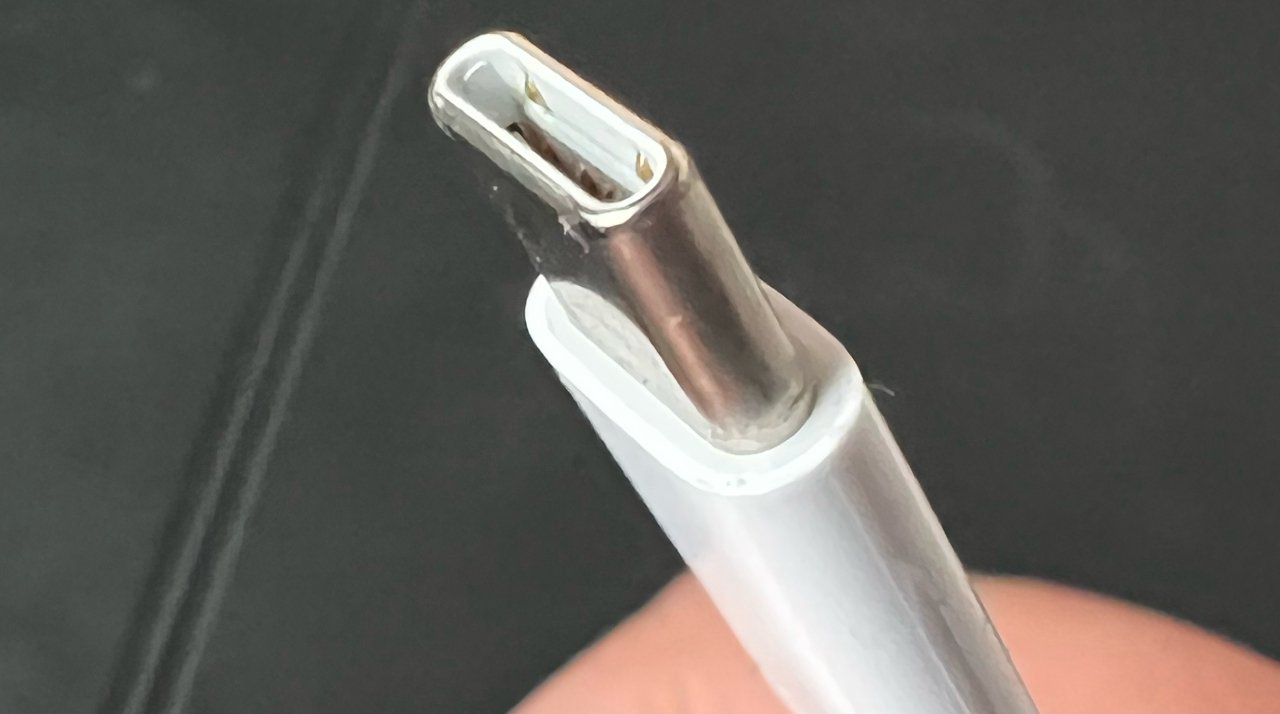
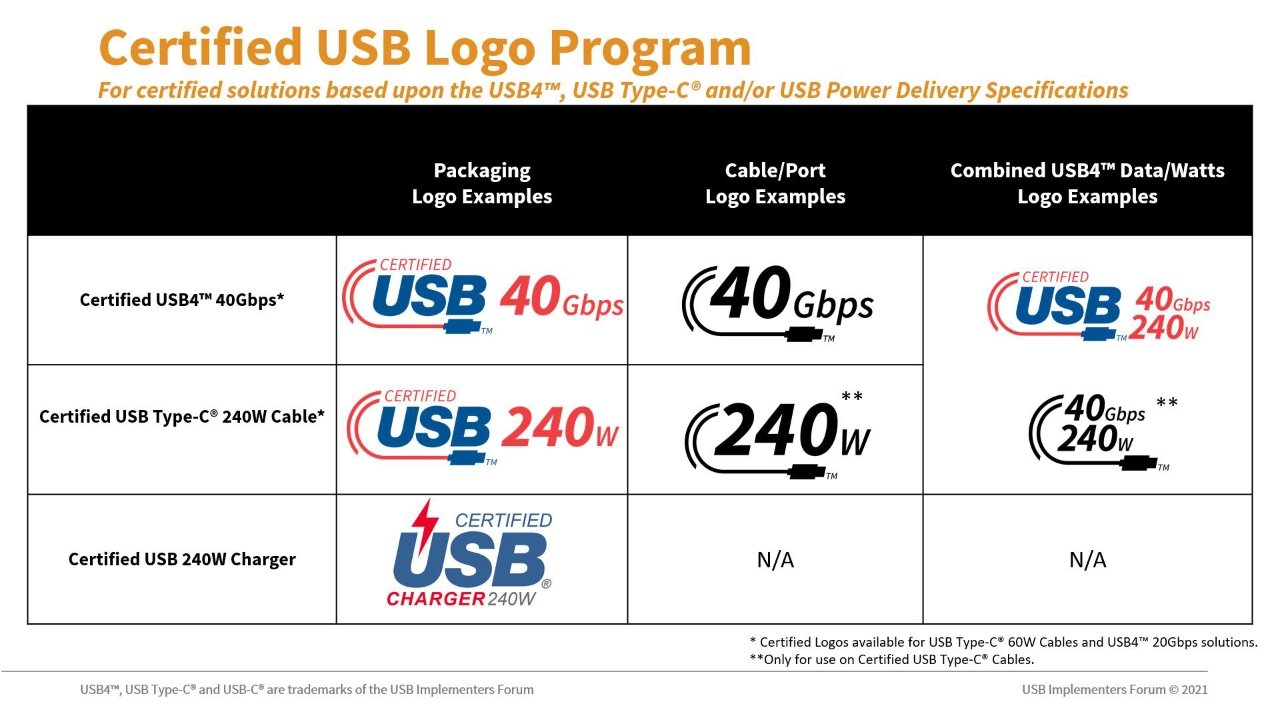
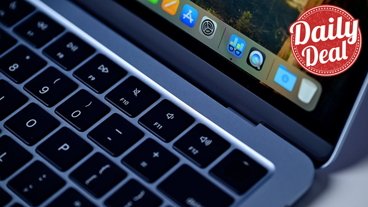

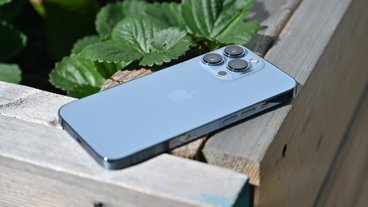


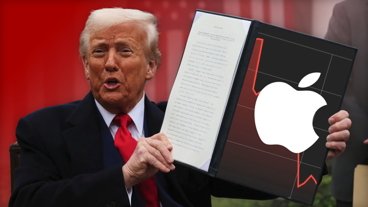

-m.jpg)






 Malcolm Owen
Malcolm Owen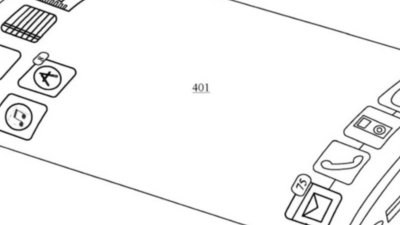
 William Gallagher
William Gallagher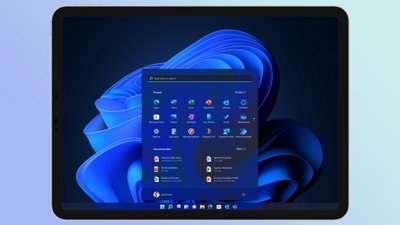
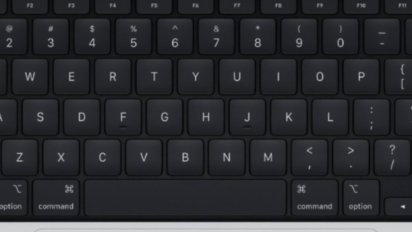
 Wesley Hilliard
Wesley Hilliard
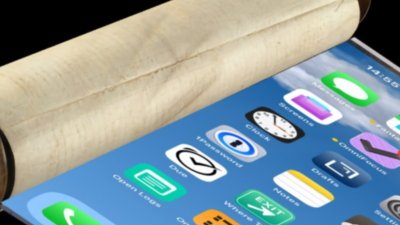

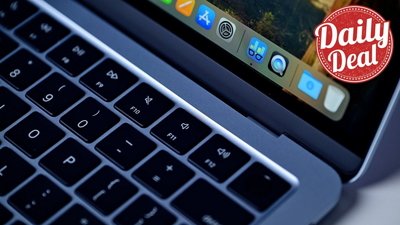
 Christine McKee
Christine McKee
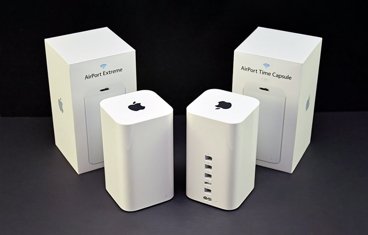



-m.jpg)




36 Comments
"I've purchased a cable tester and identifier to be sure that what I've bought"
What exact cable tester do you use and own?
The good news is that the USB "C" connector itself seems to be a fairly common point of convergence. There is still a lot of residual USB connector ugliness out there in various products like printers, hubs, IoT devices, smart speakers, rechargeable devices, etc. The list of non "C" connector implementations is shrinking but it is still not zero. Of course, even if it hits zero and "C" connectors are universal, the variations in the link, physical, and application layers that are hidden beneath cables built with the "C" connector's compatibility facade will still be there waiting to bite USB cable users in the butt.
The root of the problem is that USB specification generating and governance organizations have no way to enforce conformance. They can specify in great detail all of the conformance requirements, including mandatory conformance testing, that "shall" be met. They can specify all of the branding, logo, and marking requirements for every single variation in the specification. They can broadcast every imaginable "thou shalt" declaration they want vendors to follow or threaten to withhold certification when third party certification agencies are involved. But none of it matters if vendors decide to ignore anything the governance organization puts in place, if there is no way to enforce the standard or remove nonconforming products, including those lacking proper identification/labeling, from store shelves, or especially when vendors self-certify their products.
Can anything be done? Your mention of testing/verification tools is interesting. I'm keen to hear more about your USB tester/verifier setup. Perhaps if these testers are inexpensive they could provide some relief for individuals, and more so if they can be made available to more customers at physical point-of-sale locations like MicroCenter, BestBuy, Apple Stores, etc., or used to provide certification services by middlemen/intermediaries in online sales channels.
For example, Amazon could offer cable certification (by a trusted 3rd party) as an add-on purchase when you purchase a USB/TB cable in the same way they offer extended warranties. Certified cables would come with a certificate that the cable meets an exact standard. If the cable fails to work in the customer's application it would be replaced with one that works in the same way that a failed product is replaced, or refunded under the warranty. None of these things would be completely foolproof or idiot-proof, but perhaps the major retailers could offer the service to customers to improve the the probability that a cable is going to work as expected. Some of these cables are very expensive, and maybe it's because you're getting what you pay for, but buying USB/TB cables at any price point should not be like navigating a mine field.